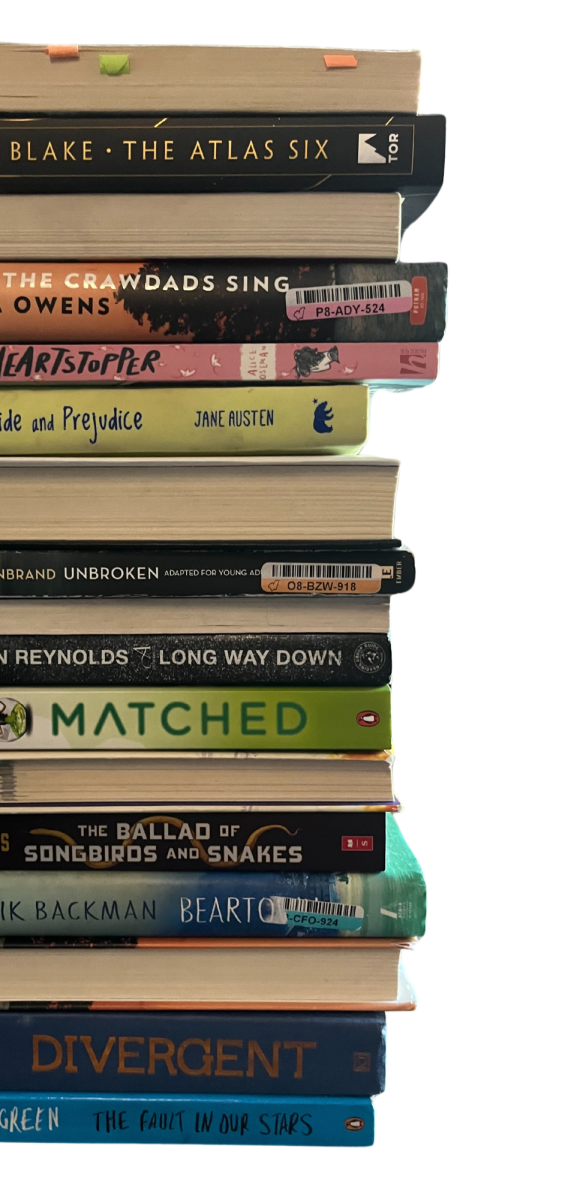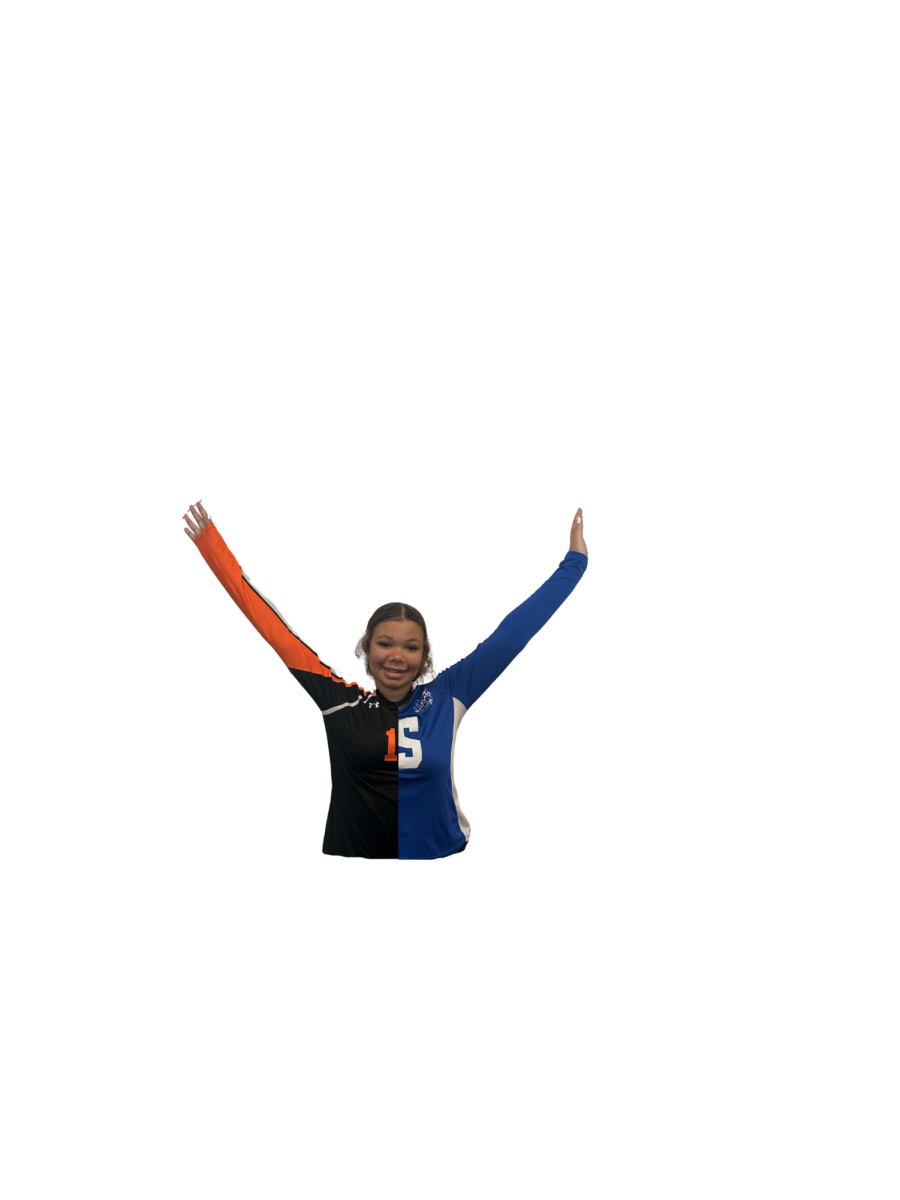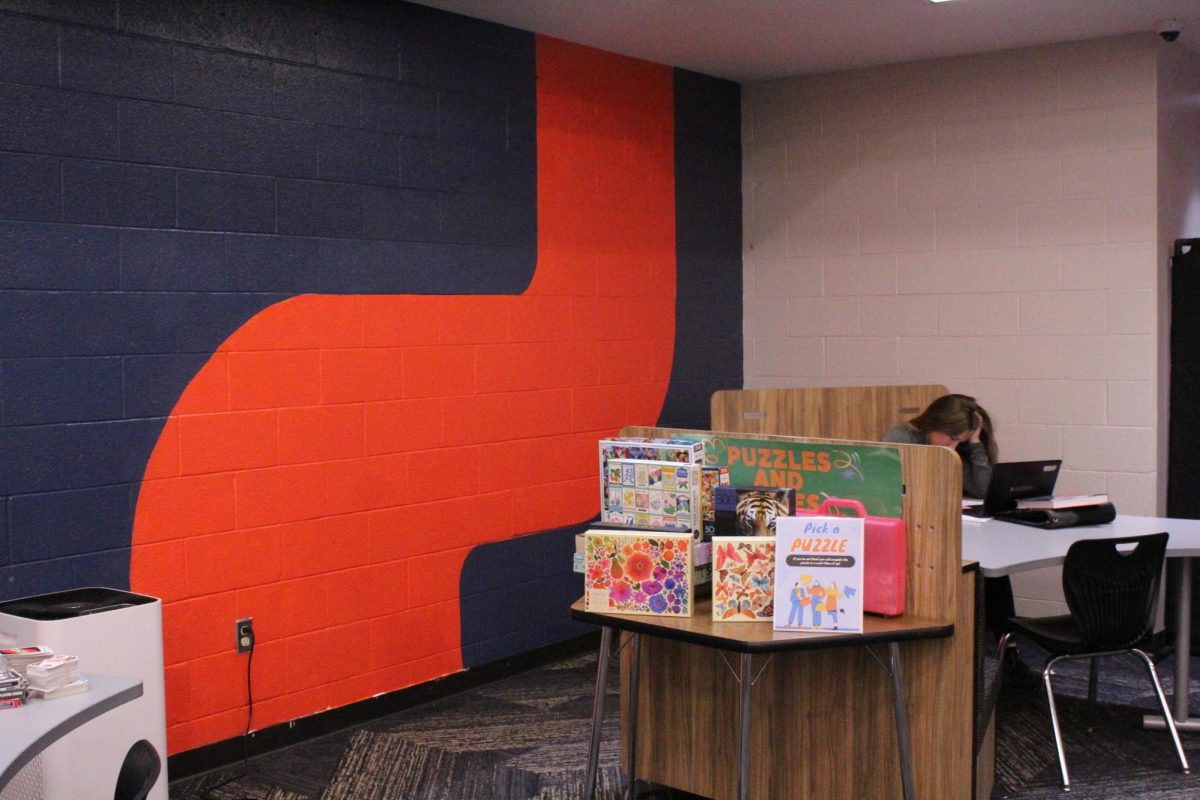This year, English teachers announced in a video played for every classroom that “March is Reading Month” is officially here. Students across classrooms reminisced about winning anywhere from a brand-new bike to gift cards for reading when they were in Heritage Elementary. Although students have these fond memories, are they continuing to read as much as they did when they were younger?
According to the National Assessment of Education Progress, two-thirds of children in the U.S. can’t read proficiently. That’s roughly 48 million children who aren’t getting the adequate reading skills they need to be successful in a class environment. To put that in perspective, only 39 percent of high school students in Stockbridge can read proficiently, as stated by the Public School Review. The NAEP also explained that the root of this issue often lies in students’ limited exposure to books that align with their interests.
To combat this issue, Media Center Specialist Debby Baldwin set up a book table next to the library’s front desk consisting of new and popular books targeted toward young adults.
“We haven’t ordered books in the last five years or so, so I really wanted to get books in the library,” Baldwin said. “Having more books in the library will help put a book in a student’s hand that they’ll enjoy.”
Baldwin has slowly brought back reading in high school students one book at a time, though she admits that it was hard to pull off because the library only gets a book budget of 500 dollars each year.
“I probably check out about four new books a week,” Baldwin said.
One of the students whom Baldwin ordered a book for, junior Tristan Blair, explains why he enjoys the new selection of books.
“The new books are going to peak people’s interests and get them more engaged in reading,” Blair said.
In addition to the library’s small book budget, Baldwin explains that the school’s previous renovations to the library decreased the amount of room there was to put books.
“When the school renovated the library, [the school] took 60 percent of the books out and they didn’t put them back,” Baldwin said.
Furthermore, the inventory of the library hasn’t been done since 2011.
But why is reading important?
Junior Bella Bickley believes that it helps decrease one’s technology use.
“Reading helps you stay off your phone and connect with something other than a screen,” Bickley said. “I read every day. In school, I read for 10 minutes, and outside of school, I read anywhere from half an hour to an hour.”
Although Bickley enjoys reading, students like sophomore Noah Sandecki don’t enjoy it, although he admits that it is important.
“Reading is important because you can learn new things like vocabulary,” Sandecki said.
Along with learning new vocabulary, the benefits of reading also include cognitive development, brain growth, mental exercise and learning essential life skills.
“As a ‘young adult,’ you are Frodo leaving the Shire. The world you’ve known (school, friends, family) is changing and you must go and discover more,” self-published author Derek Welch said. “Reading helps this happen naturally (and more comfortably).”
Despite widespread recognition from many students that reading plays a crucial role in the development of middle and high school students, a survey for the school found that less than 50 percent of juniors read every day.
Baldwin expressed that reading plays a crucial role in young students because it expands everybody’s horizons, especially in education, so it is important to have new and trending books in the library.
These new books in the library have sparked high school students into reading for the pleasure of it. As more and more students discover the book table in the library, that number is believed to increase.
Another staff member combating the decrease in reading in students is tenth-grade English Hollie Pastorino, who has gotten students who normally don’t read interested in books such as the Percy Jackson series.
“I have a student who really hated reading and so I recommended Percy Jackson to him. I have found Percy Jackson as a great series for teens who have never liked reading before,” Pastorino said. “A lot of students who read are able to really get into the book and relax by reading.”
However, there is only so much one person can do to combat the decrease in reading in high school students. Addressing the decline in reading proficiency requires collective effort and commitment from both students and educators.
“Be it fantasy, poetry – horror, sci-fi, or the vast category of non-fiction – reading gives us the gift of thinking beyond ourselves,” Welch said. “The earlier you let yourself learn this skill, the better off we all are.”
Reading between the lines
The importance and impact of reading
0
More to Discover
About the Contributor

Taiyler Stanfield, Editor In Chief
Taiyler Stanfield joined Uncaged halfway through her junior year and is an Editor-in-Chief this year. When she’s not yelling at students to do their work or editing articles for hours at a time, she enjoys spending quality time with her family. After graduating, Taiyler plans to quit her full-time job Tokyo-drifting on the way to school to attend Eastern Michigan University, where she will pursue a degree in Young Adult Literature to become an editor for a publishing company. If all hope is lost, Taiyler will instead pursue screenwriting in hopes that one day she will make the big bucks and win an Oscar for the blood, sweat, and tears she shed. You will occasionally hear Taiyler desiring to have at least five cats, as she is dangerously obsessed with them. Because of this obsession, it is with 100% certainty that she will become the neighborhood’s crazy cat lady.







